How can one calculate the seconds in a Excel serial date/time, linke in the example below, without the use of the SECOND() function which (I believe) rounds or cell-formatting? How can i extend this for minutes?

The serial values for the bottom example below (last row in the image) are:
Right: 41165.4444365394
Left: 41165.4444321412
The above example is being conditional formatted with the below two formula (With stop if true turned on, and order of precedence shown).
Seems to me that the second function cannot see the difference between 10:39:58 and 10:39:59, hence is not matching the 'Display only seconds' resolution one, and is carrying on to the 'Display milliseconds resolution' given that the calculation I have for milliseconds works fine.
To see if the seconds are different, first: =SECOND($B2)<>SECOND($C2)
To see if only milliseconds have passed between the two times:
=ROUND(($B2*86400-INT($B2*86400))*1000,0)<>ROUND(($C2*86400-INT($C2*86400))*1000,0)
What am I to multiply the serial number against to provide the unrounded seconds and minutes (seperately)?